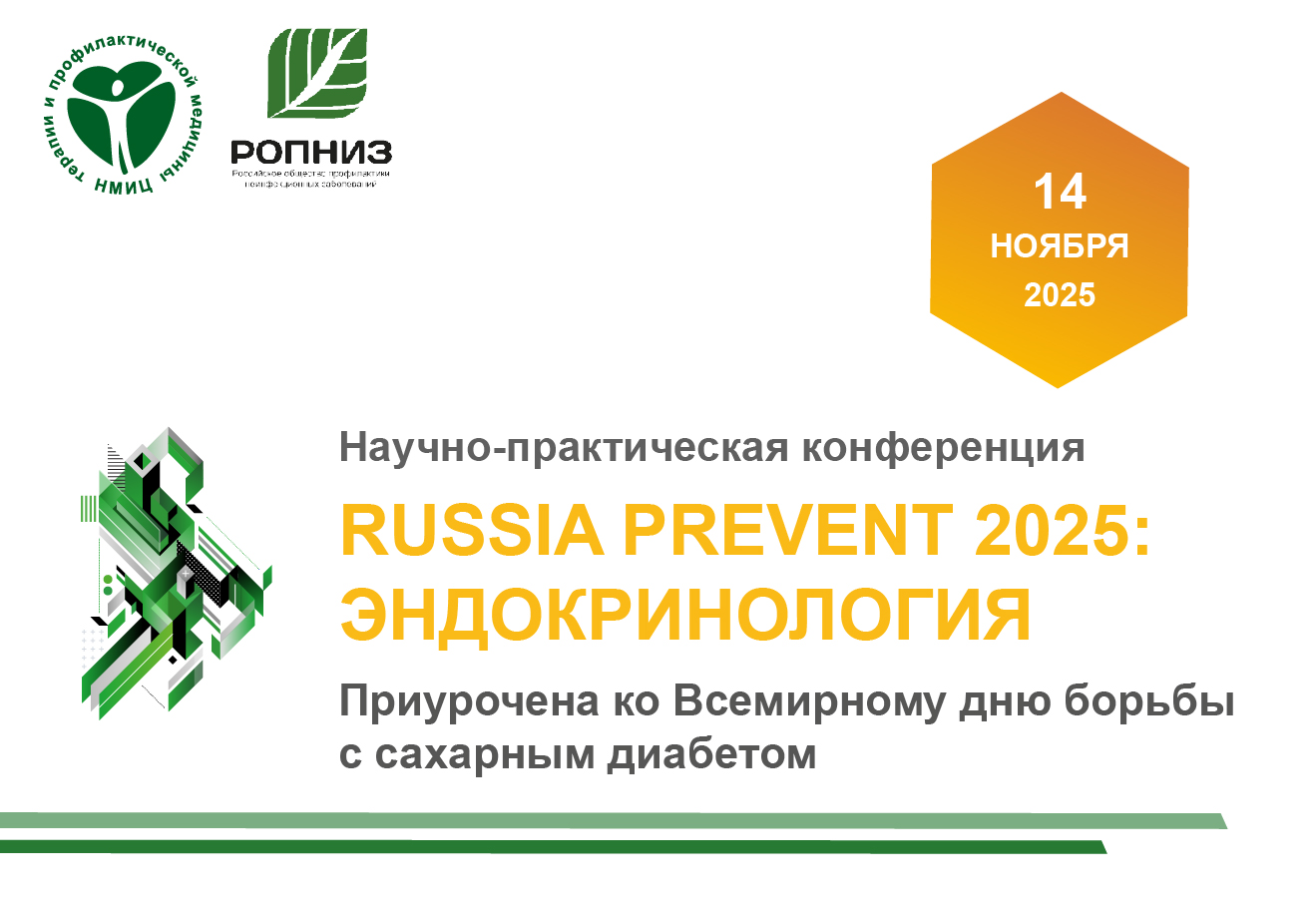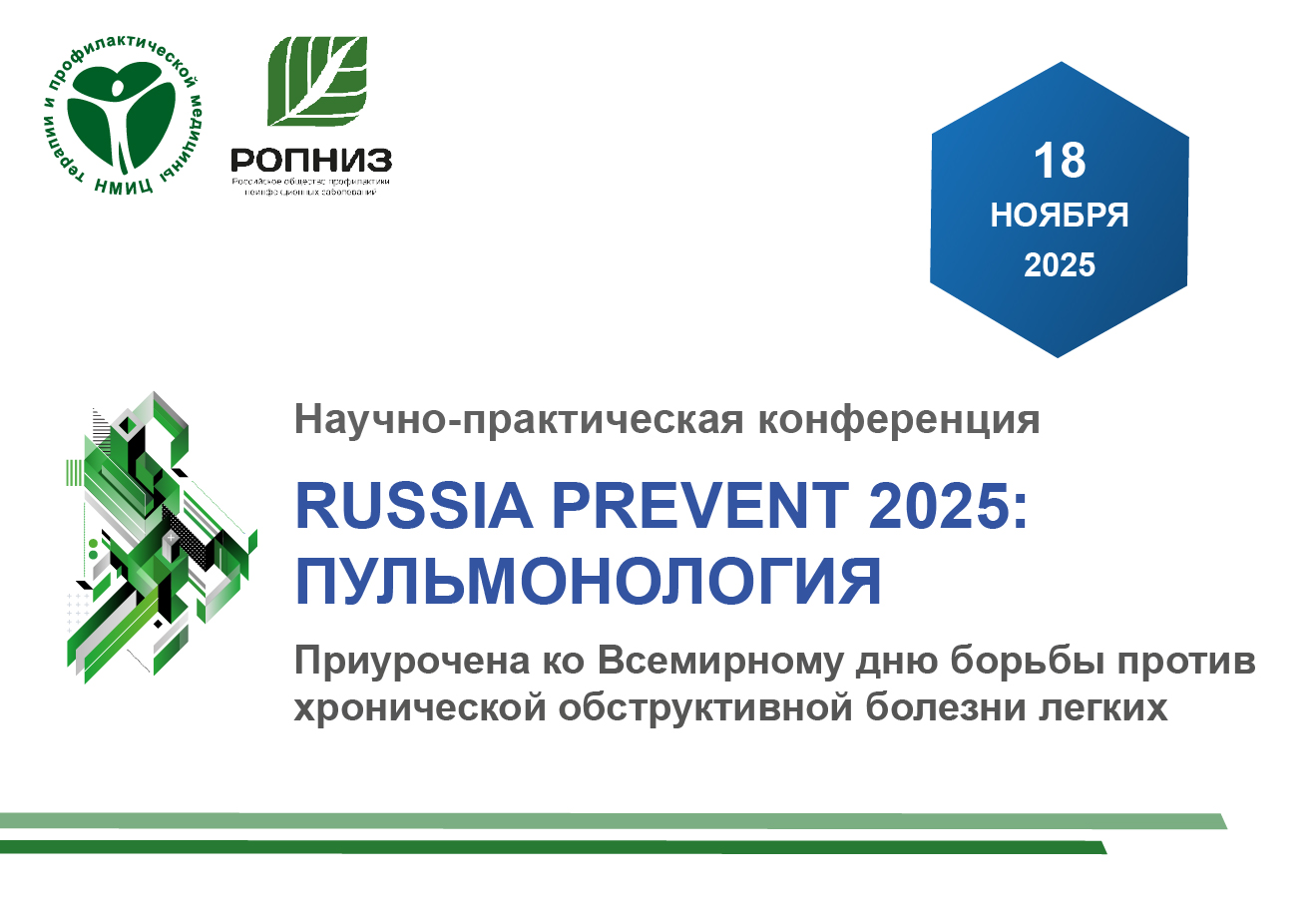Main factors of adherence to new oral anticoagulants and its dynamics in outpatients with nonvalvular atrial fibrillation: results of the ANTEY study
https://doi.org/10.15829/1728-8800-2020-2680
Abstract
Aim. To assess adherence to new oral anticoagulants (NOAC) or warfarin therapy and to study the factors influencing adherence in nonvalvular atrial fibrillation (AF) patients on different stages of treatment within the prospective outpatient registry of patients with cardiovascular diseases.
Material and methods. The study included 201 patients with nonvalvular AF (males, 118 (58,7%)) from the outpatient registry PROFILE). Mean age was 71,1 ±8,7 years. Study protocol consisted of the inclusion visit (V0), 6-month follow-up visit (V1) and phone contact 1 year after V0 (PC). In V0, all patients were prescribed one of the NOACs. At V1 doctors could recommend warfarin or another NOAC to patients, who have refused taking prescribed NOAC. Medical adherence was determined using the of the National society of evidence-based pharmacotherapy (NSEPh) adherence scale. NSEPh adherence scale allows to grade patients’ adherence to treatment into 4 categories: 1) completely adherent, 2) partially adherent, 3) completely non-adherent, 4) partially non-adherent. Dichotomous grading into adherent (completely adherent) and non-adherent (rest of patients) was also used.
Results. Out of 201 included patients, 200 came to V1 (1 patient died). PC was successful in 197 patients (3 patients died). According to NSEPh adherence scale, 155 (77,5%) patients at V1 were completely adherent, 5 (2,5%) — partially adherent, 7 (3,5%) — partially non-adherent, 33 (16,5%) — completely non-adherent. By the PC, 158 (80,2%) patients were completely adherent to the OAC therapy, 6 (3,0%) — partially adherent, 28 (14,2%) — partially non-adherent, 15 (7,6%) — completely non-adherent. At all stages of treatment, the following factors of good adherence remained significant: never-smoking, prior NOAC use, negative history of any treatment-related adverse effects (AEs). Patients with comorbidities and a history of bleeding during OAC therapy were more likely to discontinue initial scheme and violate treatment regimen (p<0,05). Symptomatic course of AF increased adherence by 2,4 times (р=0,02). According to the questionnaire, the leading reasons for refusing NOAC therapy were the high cost of drugs, the fear of AE and doubts about the need for treatment. The main factors leading to discontinuation of NOAC/OAC treatment were bleeding and the cancellation (often unreasonable) of these medications by other doctors.
Conclusion. The results of ANTEY study confirm that factors influencing adherence to NOAC may vary during different phases of treatment. The main reasons that prevent NOAC therapy initiation are the high cost of these drugs, fear of AE and doubts about the need for such treatment. Significant factors of discontinuation were AEs and cancellation of NOAC therapy by doctors from other medical institutions. Factors that positively affect both initiation and long-term use of the drug are never-smoking, prior NOAC use, negative history of any treatment-related AEs.
About the Authors
Yu. V. LukinaRussian Federation
Moscow
N. P. Kutishenko
Russian Federation
Moscow
S. N. Tolpygina
Russian Federation
Moscow
V. P. Voronina
Russian Federation
Moscow
N. A. Dmitrieva
Russian Federation
Moscow
O. V. Lerman
Russian Federation
Moscow
N. A. Komkova
Russian Federation
Moscow
A. V. Zagrebelny
Russian Federation
Moscow
S. Yu. Martsevich
Russian Federation
Moscow
O. M. Drapkina
Russian Federation
Moscow
References
1. World Health organization. Adherence to long-term therapies: evidence for action. WHO Library Cataloguing-in-Publication Data. Geneva: WHO. 2003. Available at https://www.who.int/chp/knowledge/publications/adherence_report/en.
2. Vrijens B, De Geest S, Hughes DA, et al. A new taxonomy for describing and defining adherence to medications. Br J Clin Pharmacol. 2012;73:691-705. doi: 10.1111/j.1365-2125.2012.04167
3. De Geest S, Zullig LL, Dunbar-Jacob J, et al. ESPACOMP Medication Adherence Reporting Guideline (EMERGE). Ann Intern Med. 2018;169(1):30-35. doi:10.7326/M18-0543.
4. Gaisenok O, Martsevich S, Tripkosh S, Lukina Y. Analysis of lipidlowering therapy and factors affecting regularity of statin intake in patients with cardiovascular disease enrolled in the PROFILE registry. Rev Port Cardiol. 2015;34(2): 111-6. doi: 10.1016/j.repc.2014.08.021.
5. Kirchhof P, Benussi S, Kotecha D, et al. 016 ESC Guidelines for 8. the management of atrial fibrillation developed in collaboration with EACTS. Eur Heart J. 2016;37(38):2893-2962. doi: 10.1093/eurheartj/ehw210.
6. Martsevich SY, Lukina YV, Kutishenko NP, et al. on behalf of the 9. working group of the observational study PRIORITY. Adherence to statins therapy of high and very high cardiovascular risk patients in real clinical practice: diagnostics and possible ways to solve the problem (according to the PRIORITY observational study). Rational Pharmacotherapy in Cardiology 2018;14(6):891-900. (In Russ.) doi: 10.20996/1819-6446-2018-14-6-891-900.
7. Martsevich SY, Lukina YV, Kutishenko NP, et al. Adherence to treatment with new oral anticoagulants in atrial fibrillation patients in real clinical practice (results of the ANTEY study). Rational Pharmacotherapy in Cardiology. 2019;15(6):864-72. (In Russ.) doi:10.20996/1819-6446-2019-15-6-864-872.
8. Platt AB, Localio AR, Brensinger CM, et al. Risk factors for nonadherence to warfarin: results from the IN-RANGE study. Pharmacoepidemiol Drug Saf. 2008;17:853-60. doi: 10.1002/pds.1556.
9. Palareti G, Legnani C, Guazzaloca G, et al. Risks factors for highly unstable response to oral anticoagulation: a case-control study. Br J Haematol. 2005; 129( 1 ):72-8.doi: 10.1111/j.1365-2141.2005.05417.x.
10. Khan MU, Aslani P. Exploring factors influencing initiation, implementation and discontinuation of medications in adults with ADHD. Health Expect. 2020. doi:10.1111/hex.13031.
11. Gast A, Mathes T. Medication adherence influencing factors-an (updated) overview of systematic reviews. Syst Rev. 2019;8(1):112. doi:10.1186/s13643-019-1014-8.
12. Beyer-Westendorf J, Ehlken B, Evers T. Real-world persistence and adherence to oral anticoagulation for stroke risk reduction in patients with atrial fibrillation. Europace. 2016; 18(8): 1150-7. doi:10.1093/europace/euv421.
13. Camm AJ, Amarenco P, Haas S, et al. XANTUS: a real-world, prospective, observational study of patients treated with rivaroxaban for stroke prevention in atrial fibrillation. Eur Heart J. 2016;37(14):1145-53. doi:10.1093/eurheartj/ehv466.
14. Beyer-Westendorf J, Forster K, Ebertz F, et al. Drug persistence with rivaroxaban therapy in atrial fibrillation patients-results from the Dresden non-interventional oral anticoagulation registry. Europace. 2015;17(4):530-8. doi:10.1093/europace/euu319.
Review
For citations:
Lukina Yu.V., Kutishenko N.P., Tolpygina S.N., Voronina V.P., Dmitrieva N.A., Lerman O.V., Komkova N.A., Zagrebelny A.V., Martsevich S.Yu., Drapkina O.M. Main factors of adherence to new oral anticoagulants and its dynamics in outpatients with nonvalvular atrial fibrillation: results of the ANTEY study. Cardiovascular Therapy and Prevention. 2020;19(5):2680. (In Russ.) https://doi.org/10.15829/1728-8800-2020-2680

























































